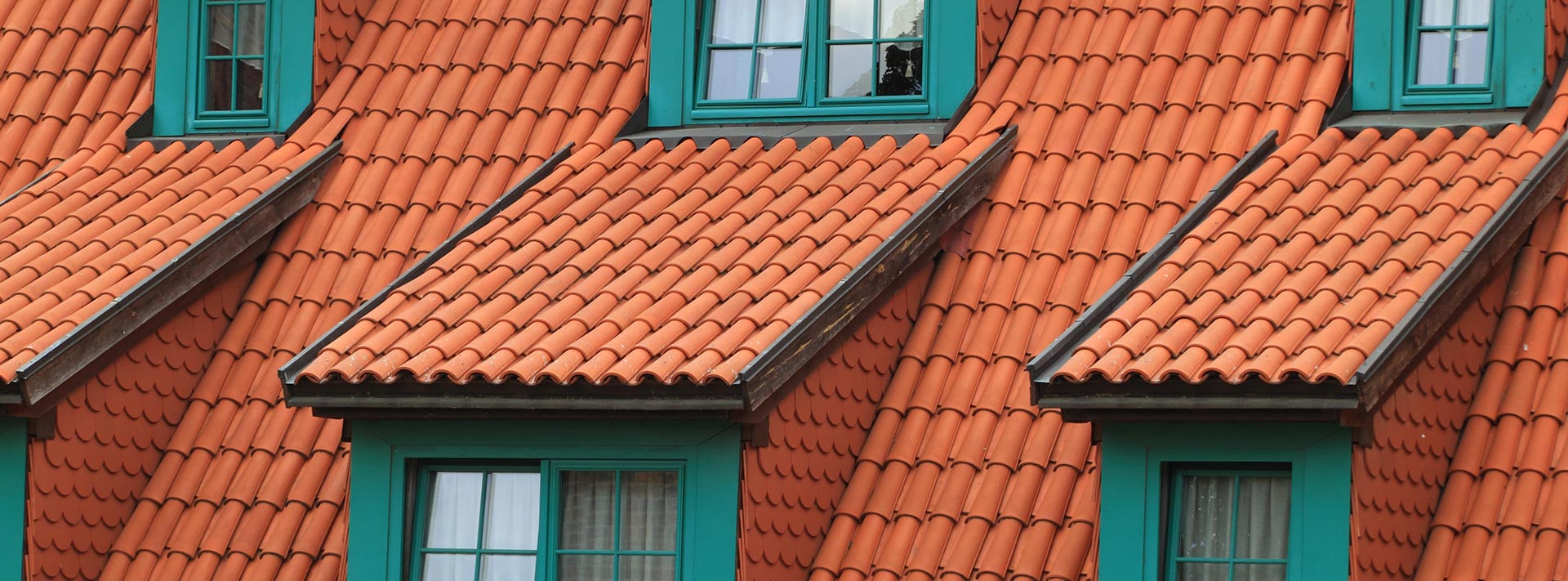
17 Dec What are the advantages of a tiled roof?
When you’re having your commercial building maintained, how much attention do you really pay to what the roof is constructed from? As long as it isn’t crafted from papier-mache and thus liable to blow away in a stiff breeze, or a particularly feeble type of plywood, does it really matter?
The truth is, the materials from which your roof is made can markedly alter the way in which the building below behaves. It really can make a difference – each material, from slate to steel, has their own distinct advantages, so let’s take a look at one of the mainstays of Australian roofing – the concrete tile.
They will last longer than most cathedrals
Concrete is a hugely durable material. According to The Roofing Institute, tile roofs constructed several centuries ago remain in perfect working order to this very day, meaning that roof maintenance (and therefore cost) can be kept to a minimum. This tenacity is an important feature when factoring in just how harsh the Australian climate can get.It’s not just that concrete tiles will last under normal wear and tear, they’re typically fire resistant, and can soak up the impact from such natural occurrences as hail stones.

